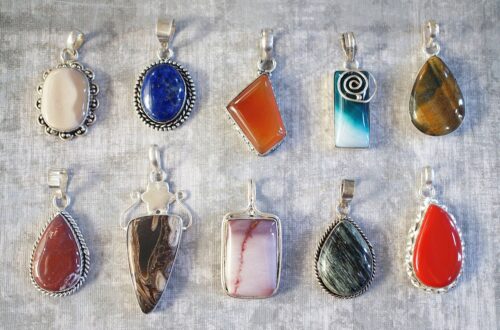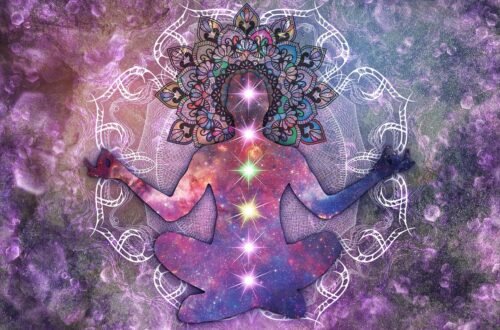
History of Tarot cards
Tarot cards are a type of divination tool used to gain insight and guidance on various aspects of life, including love, career, and personal growth. The Tarot deck consists of 78 cards, each with its own unique symbolism and meaning. Tarot cards have been used for centuries, and their popularity continues to grow as people seek guidance and clarity in their lives. The origins of Tarot cards are somewhat mysterious, but it is generally believed that they were first used in Italy in the 15th century. Originally, the cards were used for playing games, but their use as a divination tool began to emerge in the 18th century. Today, Tarot cards are used by people from all walks of life, from professional psychics to those who simply want to gain insight into their lives. The Tarot deck is divided into two main groups: the Major Arcana and the Minor Arcana. The Major Arcana consists of 22 cards, each of which represents a major life lesson or experience. These cards include such well-known symbols as The Fool, The Magician, and The Tower. The Minor Arcana consists of 56 cards divided into four suits: Wands, Cups, Swords, and Pentacles. Each suit represents a different aspect of life, such as creativity, emotions, intellect, and material possessions. When a Tarot reading is performed, the cards are typically shuffled and then laid out in a specific pattern, known as a spread. The most common spread is the Celtic Cross, which consists of 10 cards that are arranged in a cross shape. The reader then interprets the cards based on their position in the spread and their individual symbolism. There are many different ways to interpret Tarot cards, and each reader may have their own unique approach. However, there are some general guidelines that can be helpful for beginners. For example, the Major Arcana cards tend to represent major life events or lessons, while the Minor Arcana cards are more focused on everyday concerns. Additionally, the suits can be used to provide more specific information about the question being asked. For example, the Wands suit is associated with creativity and action, while the Cups suit represents emotions and relationships. One of the key benefits of using Tarot cards is that they can provide insight and guidance on a wide range of issues. Many people use Tarot cards to gain clarity on their relationships, career, and personal growth. The cards can also be used to help identify patterns and obstacles that may be holding a person back, and to suggest strategies for overcoming those challenges. It is important to note that Tarot cards are not a substitute for professional advice or medical treatment. While Tarot cards can provide insight and guidance, they should not be relied upon as the sole source of information when making important decisions. Additionally, it is important to use caution when selecting a Tarot reader, as there are many frauds and scams in the world of psychic readings.
History of Tarot Cards
The history of Tarot cards is a fascinating one that spans centuries and has been the subject of much speculation and debate. The Tarot is a set of 78 cards that are used for divination, meditation, and spiritual reflection. While the origins of the Tarot are not entirely clear, it is generally agreed upon that the Tarot originated in Italy during the 15th century. The early history of the Tarot is shrouded in mystery, and much of what we know about its origins is based on speculation and legend. One of the most popular legends surrounding the Tarot is that it was created by a group of Egyptian priests who were looking for a way to communicate the secrets of the universe to their followers. According to this legend, the priests created the Tarot as a way to encode their knowledge and pass it down through the generations. Another theory about the origins of the Tarot is that it was created by a group of medieval scholars who were interested in the esoteric and mystical teachings of the ancient Greeks and Romans. These scholars are said to have studied the works of philosophers such as Plato and Aristotle and used their knowledge to create a set of symbols and images that could be used to explore the mysteries of the universe. Regardless of its origins, the Tarot gained popularity in Italy during the 15th century and quickly spread throughout Europe. The earliest known Tarot deck was created in the mid-15th century by an unknown artist known as the “Master of the Playing Cards.” This deck, known as the Visconti-Sforza deck, featured 78 cards and was commissioned by the Duke of Milan. Over the years, the Tarot evolved and changed as it spread throughout Europe. Different regions developed their own variations of the Tarot, each with their own unique symbolism and meanings. In France, the Tarot became associated with the occult and was used by secret societies such as the Freemasons and the Rosicrucians. During the 19th and early 20th centuries, interest in the Tarot experienced a revival, thanks in part to the work of occultists such as Eliphas Levi and Arthur Edward Waite. These occultists developed new interpretations of the Tarot and created new Tarot decks that were designed to reflect their own spiritual beliefs and practices. Today, the Tarot is used by people all over the world as a tool for divination, meditation, and spiritual exploration. While the origins of the Tarot are still shrouded in mystery, its enduring popularity is a testament to its power and its ability to inspire and enlighten people of all walks of life.




